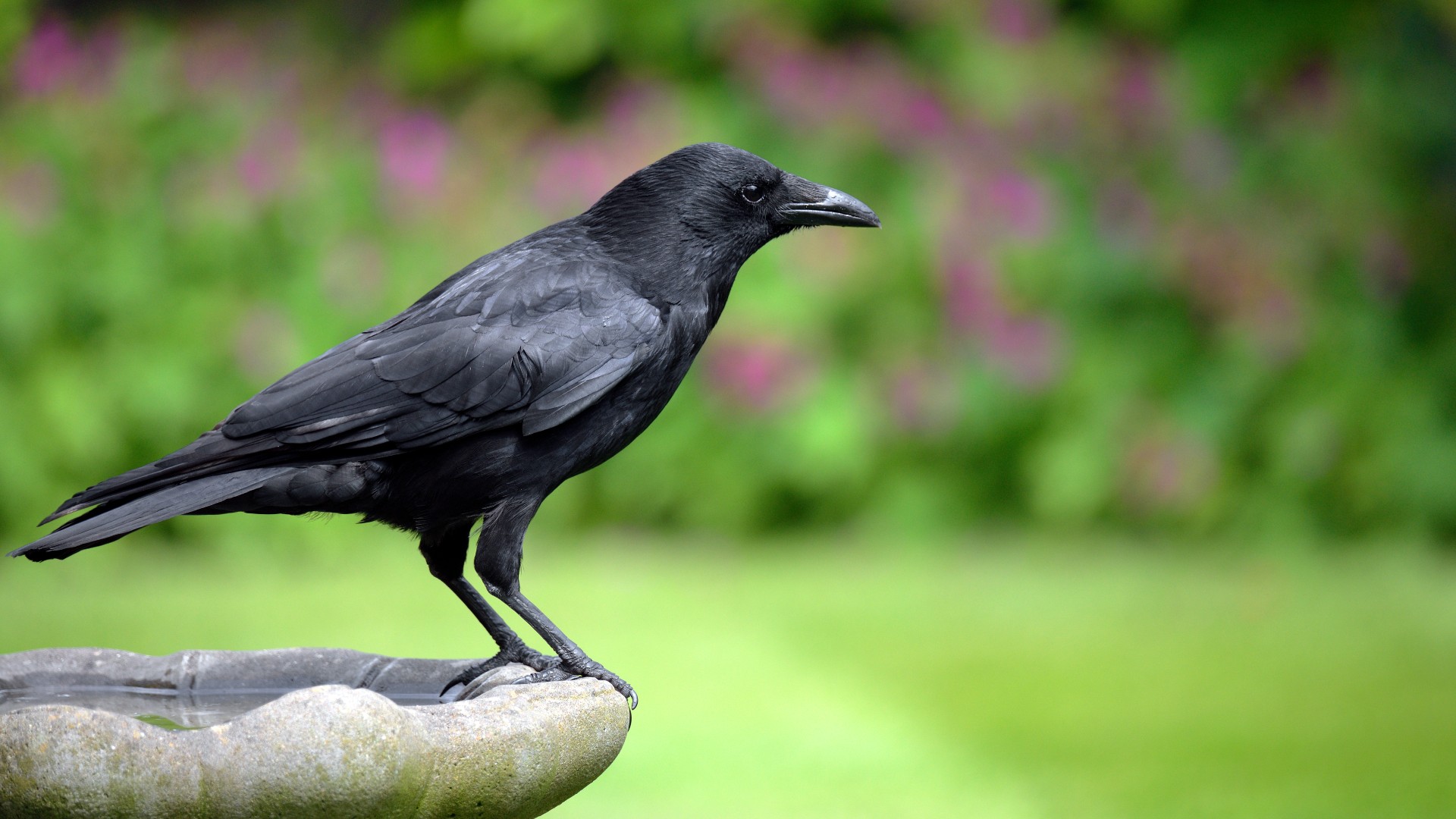
Crows and ravens have taken over the world in part because they're so big and brainy, new research suggests.
Researchers found that crows and ravens have bigger wingspans, brains and bodies than other birds in the Corvidae family.
"We hypothesize that these three very convenient combinations of traits are what allowed this group of birds to colonize and diversify across the world," Joan Garcia-Porta, who was a postdoctoral research associate at Washington University in St. Louis, and is now a geneticist at the University of Barcelona, said in a statement.
Crows and ravens (household names that encompass several species of birds in the genus Corvus) have proven their smarts time and again. Crows understand the concept of zero and can use multi-step planning and tools to access tasty treats. Ravens, meanwhile, have been shown to rival great apes in their intelligence, according to a 2020 study in the journal Scientific Reports.
What may be less known is that crows and ravens live in every type of ecosystem around the world, from the hottest deserts to the most forbidding frozen tundras. Just how they were able to reach and thrive in every niche on the planet has been a mystery.
To figure out how these black birds conquered the world, Garcia-Porta and colleagues measured the bones of 96 specimens of modern crow and raven species housed in museums around the world, as well as three extinct species of crows. The team also measured the brain sizes of 76 species in the Corvidae family (or as they're commonly known: corvids).
Related: When humans are gone, what animals might evolve to have our smarts and skills?
Get the world’s most fascinating discoveries delivered straight to your inbox.
The researchers then created a family tree for corvids based on genetic data and developed a computer model to estimate when crows first arrived in new regions and how quickly they adapted to those regions.
It turns out that ravens and crows have bigger bodies and wingspans than similar corvids, such as magpies and jays, the researchers reported in the new study, published April 21 in the journal Nature Communications. This bigger wingspan enabled them to fly farther and populate new ecosystems more easily than their more diminutive cousins could. Being bigger also enabled crows and ravens to physically outcompete other birds, the researchers found.
And once established in a new ecosystem, these birds' greater mental flexibility enabled them to adapt to very different environments (some of these birds, for instance, swapped tropical rainforests for the Arctic tundra over relatively short timeframes). This meant that the species persisted in new environments even when their bodies hadn't yet adapted to the climate in their new homes, the study found.
Eventually, adaptation caught up, and crows and ravens evolved into new species with advantageous traits (such as beaks better suited to the local food) more rapidly than their corvid peers could, the study found.
"It truly seems that their incredible behavioral flexibility may have played a major role in allowing these birds to survive initial periods of maladaptation and hang in there long enough for selection to catch up and produce a range of new species in the process," study co-author Carlos Botero, a biologist at the Washington University in St. Louis, said in the statement.
Originally published on Live Science.

Tia is the managing editor and was previously a senior writer for Live Science. Her work has appeared in Scientific American, Wired.com and other outlets. She holds a master's degree in bioengineering from the University of Washington, a graduate certificate in science writing from UC Santa Cruz and a bachelor's degree in mechanical engineering from the University of Texas at Austin. Tia was part of a team at the Milwaukee Journal Sentinel that published the Empty Cradles series on preterm births, which won multiple awards, including the 2012 Casey Medal for Meritorious Journalism.
